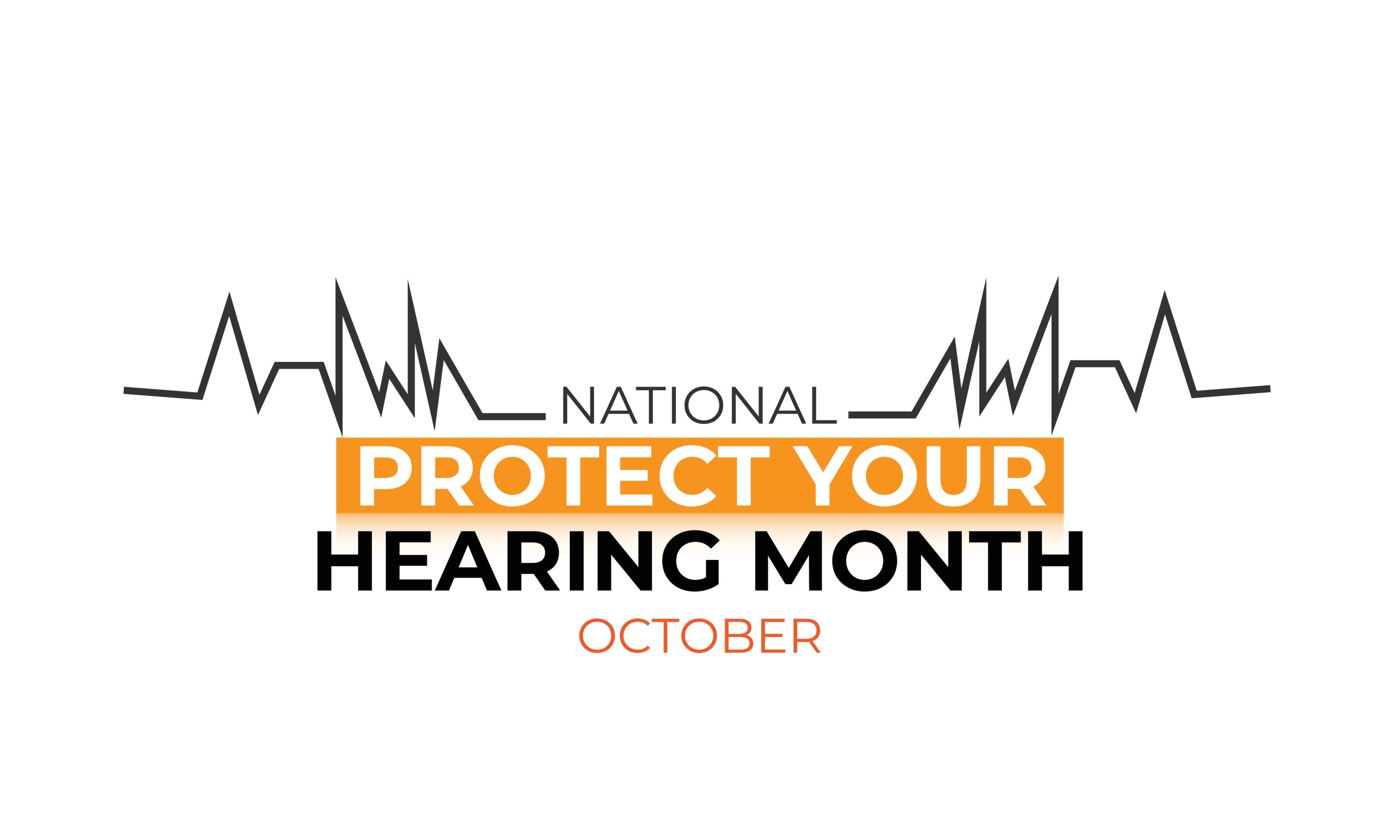
Acoustic interference is an perpetual element of modern life. From power tools and road noise to personal audio devices, the world is louder than ever. This rise in noise can have a harmful effect on your hearing if you’re not careful. With National Protect Your Hearing Month taking place in October, now is the prime time to dedicate attention to preserving your hearing.
8 key suggestions to protect your hearing
It’s a relief that uncomplicated actions can be implemented to shield your ears from the constant noise you encounter daily. The following are eight primary pointers for protecting your hearing health.
1. Know volume levels and their impact
To begin curbing hearing loss, you must know when noise intensity is dangerously high. Diverse noises generate different decibel (dB) measurements; spending too much time around loud ones can result in permanent hearing damage. Consult this brief summary:
- 85–90 dB: Lawn mowers, heavy traffic – Safe for up to 2 hours of exposure.
- 100 dB: Motorcycles, construction machinery – Hearing damage can occur in as little as 15 minutes.
- Instant damage is possible after merely a few seconds of exposure to noises over 110 dB, like explosions, gunshots, or fireworks.
A forward-thinking mindset regarding noise levels enables you to keep away from environments that are detrimental for your hearing.
2. Measure sound levels yourself
Want to know the actual volume of your surroundings? A smartphone makes checking sound levels easy. There are many free applications that act as sound meters, allowing you to examine surrounding noise levels. To get accurate results, measure from the distance you usually are from the sound source.
Regular use of this monitoring tool can enhance your understanding of your surroundings, facilitating smarter choices about hearing protection.
3. Keep the volume down on your devices
Listening to music or podcasts at high volumes is one of the most common ways people impair their hearing over time. The ease of headphones and earbuds often comes with unseen risks. Many headphones, for instance, are capable of reaching volumes over 100 dB, which means hearing loss can occur in as little as 15 minutes.
Today, over a billion young people are at risk of hearing loss from using earbuds at high volumes. To protect your ears, never turn your earbuds above 50% of their maximum volume. If you need to raise the volume higher to hear, that’s a signal your hearing may already be damaged.
4. Avoid using music to drown out background noise
When working in a noisy environment or living in a loud neighborhood, you may be tempted to use headphones to cancel the surrounding noise. It is in fact harmful to increase the volume excessively just to override external noise. The preferred solution is noise-canceling headphones, which permit listening to media at a much reduced and safer volume. In the absence of noise-canceling headphones, using earplugs is an efficient substitute.
5. Always use earplugs in loud settings
For anyone often in loud environments—whether at concerts, sporting events, or while operating heavy machinery—earplugs are a must. They are small, affordable, and easy to carry, making them a simple but effective tool for hearing protection.
Custom-fitted earplugs are offered for those who need them regularly, providing better fit and protection than generic options. In any loud setting, don’t be reluctant to use them.
6. While at work, follow safety guidelines
If your job requires being around loud equipment or machinery, always adhere to safety protocols regarding hearing protection. While some employers may underestimate the danger, those who insist “it’s not that loud” might already have noticeable hearing damage and be unaware of the actual volume. Take necessary steps to protect yourself by complying with all guidelines and wearing the designated protective equipment.
7. Move further away from loud noise
Often, the best strategy for safeguarding your ears is merely to step away from the noise. Distance lowers the intensity of sound impacting your ears, thereby minimize damage. To illustrate, moving 20 feet back from a 110 dB sound source can lower the level to about 100 dB, which is safe for 15 minutes of exposure.
Fireworks offer a good example. A firework exploding at 150 dB may seem far away, but if you’re near the launch site, the noise can still exceed 120 dB, causing instant damage. By sitting 2,000 feet away (about five football fields), you can enjoy the show at a safer level below 100 dB.
8. Existing hearing loss needs to be addressed promptly
It’s key to seek help as soon as possible if you have any hearing loss to prevent further deterioration. Hearing loss doesn’t go away on its own; it progresses. Specifically, almost 10% of adults aged 55 to 64 suffer from major hearing loss, with the rates climbing steeply among older demographics.
Failing to address the first indications of auditory loss will only hasten its advancement. On average, people wait 7 years too long to consult a specialist. The sooner you consult with a hearing specialist and explore hearing aids or other treatments, the better your chances of saving your remaining hearing.
Start protecting your hearing now
National Protect Your Hearing Month is an ideal reminder to focus on your hearing health. Whether you’ve already experienced some hearing loss or want to prevent future damage, these simple steps can make a big difference.
To avoid future regret, arrange a hearing test today and manage your auditory health.
